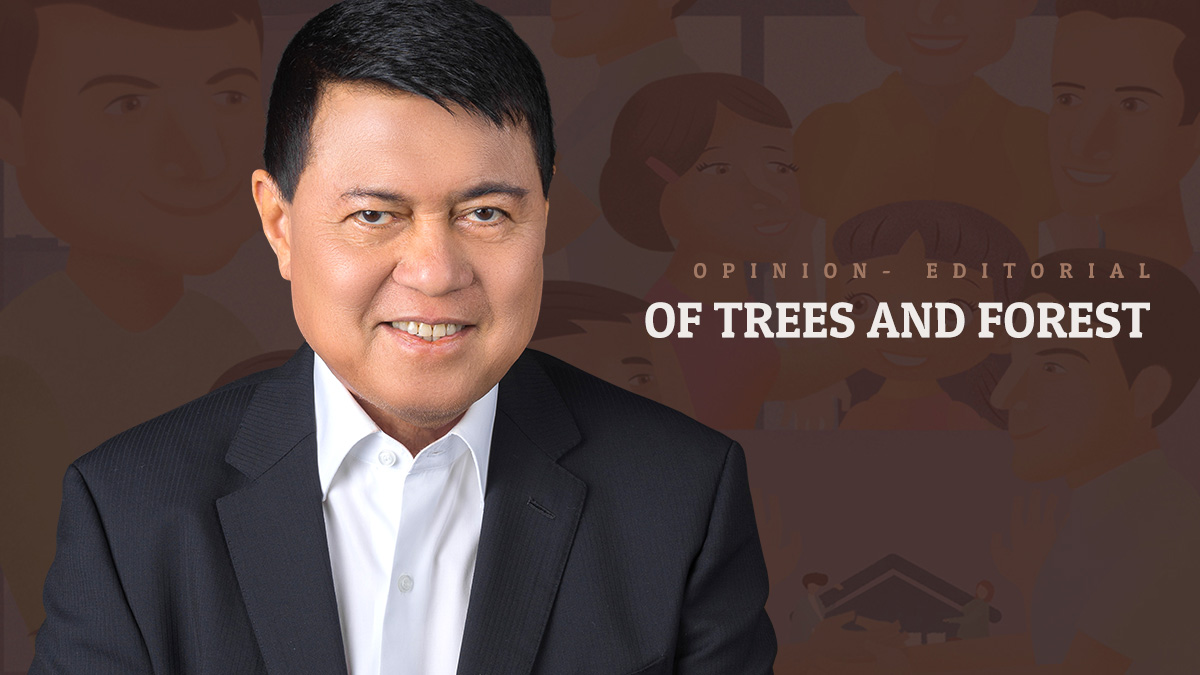
Greatness
It is the nature of great men and women that, long after they have died, their footprints remain embedded in the memories of their nation. Such is the case of Manuel L. Quezon whose 142nd birth anniversary we observed just last week. In fact, the whole month of August is dedicated as Buwan ng Wika in celebration of Quezon who is recognized as the “Father of the National Language” (Ama ng Wikang Pambansa). In addition, many streets, monuments, a city, and even a province carry his name.
Quezon was a towering Filipino politician and leader whose patriotism and political acumen contributed significantly to important events in the history of our nation. He was the dominant force in the Filipino political arena from 1907 to his death in 1944, and he was one of the leading advocates for Philippine independence.
His life was like a roadmap to public service. He joined the revolutionary forces under the command of General Emilio Aguinaldo, studied law, and passed the bar in 1903. He then proceeded to occupy several local political posts as fiscal of Mindoro, councilor, governor, then as the first assemblyman of Tayabas, his home province which would later be renamed after him.
Quezon also represented the country in the US Congress from 1909 to 1916 as resident commissioner of the Philippines working assiduously for independence. Upon his return to the country, he became the First Senate president in 1916. In 1935 he was elected as the first president of the Commonwealth of the Philippines, a position he occupied even during the Japanese occupation and until his death in 1944.
One of Quezon’s more significant political achievements was his co-founding of the Nacionalista Party in 1907 under a platform of “absolute, complete, and immediate independence” from the United States. The Nacionalista Party was actually the result of the merger between the Partido Union Nacionalista and the Partido Independista Imediatista. Aside from Quezon, the merger featured a list of prominent Filipino politicians – Sergio Osmeña, Fernando Ma. Guerrero, Macario Adriatico, Justo Lukban, Pablo Ocampo, Leon Ma. Guerrero, Felipe Agoncillo, Rafael Palma, and Galicano Apacible.
The Nacionalista Party dominated Philippine politics from its founding until the 1940s. In 1922, Quezon became NP’s party leader and in 1935 Quezon won the Philippines’ first national presidential election under the banner of the Nacionalista Party, defeating Emilio Aguinaldo, Gregorio Aglipay, and Pascual Racuyal. Today, the Nacionalista Party is the oldest surviving political party in the Philippines.
It is this weight of history that I felt on my shoulders when I assumed leadership of the Nacionalista Party in 2004 after the death of another Filipino patriot Salvador “Doy” Laurel, Jr. I had frequent discussions with Doy about joining the NP and later, becoming its leader. One time during our annual family vacation in the US, I decided to visit him in San Francisco where he was undergoing treatment. We talked about the future of the country and his vision for the NP. He said that he wanted to see the Nacionalista Party revived in order to help the country navigate many of the challenges it was facing.
Doy Laurel died in January 2004. Quezon died while in exile in the US in August 1944. Many of the NP co-founders and stalwarts have come and gone, but the Nacionalista Party has remained a pillar of strength in Philippine politics. The ideas and vision of great men and women remain with us long after they are gone.
In 1939, President Quezon issued Executive Order No. 217 which laid down a Filipino Code of Ethics consisting of 16 tenets. One of those principles is probably an important guiding theme to the resilience of the NP—“Rely on your own efforts for your progress and happiness. Be not easily discouraged. Persevere in the pursuit of your legitimate ambitions (underscoring mine).
Source:





